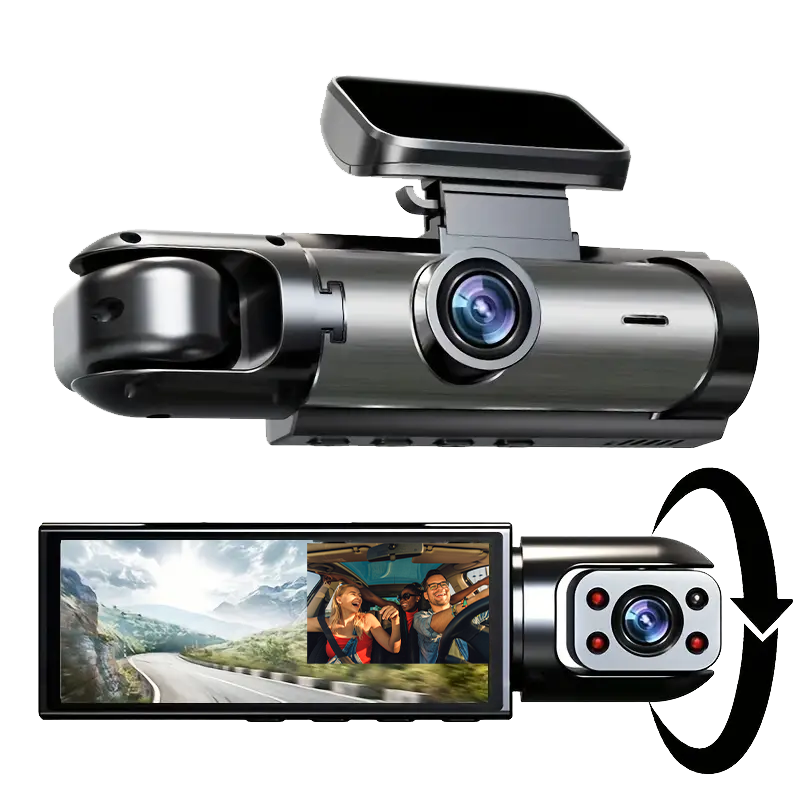
Peugeot 1007 2005 - 2009

The Peugeot 1007 is a three door mini MPV manufactured and marketed by Peugeot from 2005 to 2009.
It shared its platform with the Peugeot 206 and Citroën C3 and noted for its user swappable interior trim pieces — and its four pillar design incorporating two power sliding doors.
| Peugeot 1007 | |
|---|---|
 |
|
| Overview | |
| Manufacturer | Peugeot |
| Production | 2005–2009 |
| Assembly | Poissy (Poissy Plant), France |
| Designer | Pininfarina |
| Body and chassis | |
| Class | Mini MPV |
| Body style | 3-door hatchback |
| Layout | FF layout |
| Related | Citroën C2 Citroën C3 Peugeot 206 |
| Powertrain | |
| Engine | 1.4 L TU3 I4 1.4 L DV4 HDi diesel I4 1.4 L ET3 I4 1.6 L DV6 HDi diesel I4 1.6 L TU5 I4 |
| Dimensions | |
| Length | 3.73 metres (146.9 in) |
| Width | 1.67 metres (65.7 in) |
| Height | 1.61 metres (63.4 in) |
| Curb weight | 1,291 kg (2,846 lb) |
| Chronology | |
| Successor | Peugeot 2008 Peugeot 107 |
Background
Another innovation (now discontinued) is the optional "2-Tronic" semi-automatic transmission, also used (under the name "Sensodrive") on the Citroën's C2, C3 and C3 Pluriel (though a similar system was used on the Hudson Commodore of the 1950s, albeit using a vacuum shift), which shares the 206's 1.4 L and 1.6 L petrol engines and 1.4 L and 1.6 L diesel engines.
For its size, the 1007 was expensive, with prices around €14,000 / £10,000. EuroNCAP awarded the vehicle its second best ever rating for adult occupant safety.
Features
The 1007 is the first mainstream car from Peugeot to feature a "double zero" number. In English speaking countries, the name was marketed with the pronunciation "ten oh seven".
Originally launched with the pronunciation, "one double oh seven", and James Bond style promotion, Peugeot revised their strategy, under pressure from the Bond franchise owners. It is also commonly called the "one thousand and seven". In France, it was marketed as the "mille-sept".
Discontinuation in Europe
The 1007 was dropped from Peugeot's United Kingdom model line up in 2008, although the car was still in production in mainland Europe until the end of 2009. The indirect successor is the Peugeot 108.
Engines
| Petrol engines | ||||||||
| Model | Engine | Displacement cc (ci) |
Power | Torque | 0–100 km/h,s | Top speed km/h (mph) |
Transmission | CO 2 emission (g/km) |
| 1.4 L | TU3 I4 | 1,360 (83) | 55 kW; 74 bhp (75 PS) | 89 lb·ft; 118 N·m | TBA | TBA | TBA | TBA |
| 1.6 L | TU5 I4 | 1,587 (97) | 81 kW; 108 bhp (110 PS) | 110 lb·ft; 147 N·m | TBA | TBA | TBA | TBA |
| Diesel engines | ||||||||
| 1.4 L | DV4 HDi diesel I4 | 1,398 (85) | 49 kW; 66 bhp (67 PS) | 118 lb·ft; 150 N·m | TBA | TBA | TBA | TBA |
| 1.6 L | DV6 HDi diesel I4 | 1,560 (95) | 82 kW; 109 bhp (111 PS) | 194 lb·ft; 260 N·m | TBA | TBA | TBA | TBA |
Sales
| Year | Worldwide sales | Worldwide Production | Notes |
| 2004 | 1,100 | TBA | TBA |
| 2005 | 53,800 | TBA | TBA |
| 2006 | 34,100 | TBA | TBA |
| 2007 | 18,600 | TBA | TBA |
| 2008 | 11,000 | TBA | TBA |
| 2009 | 5,200 | 4,800 | TBA |
| 2010 | 100 | 0 | TBA |
